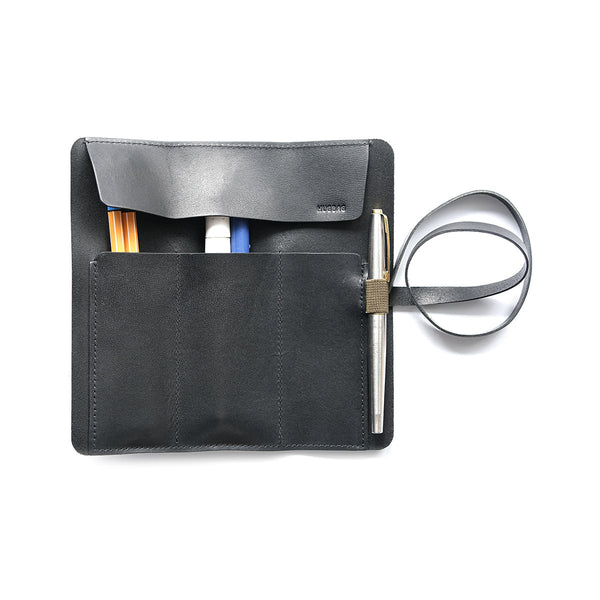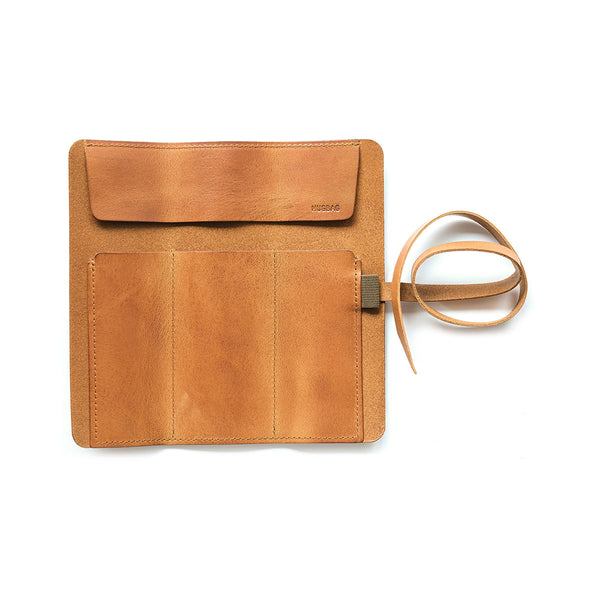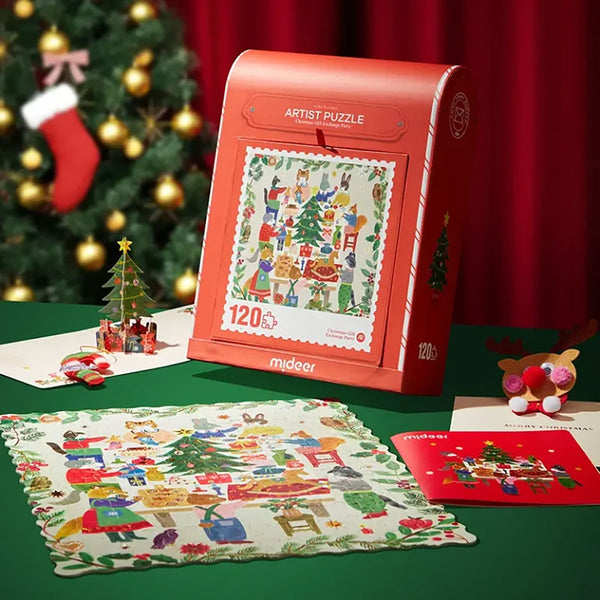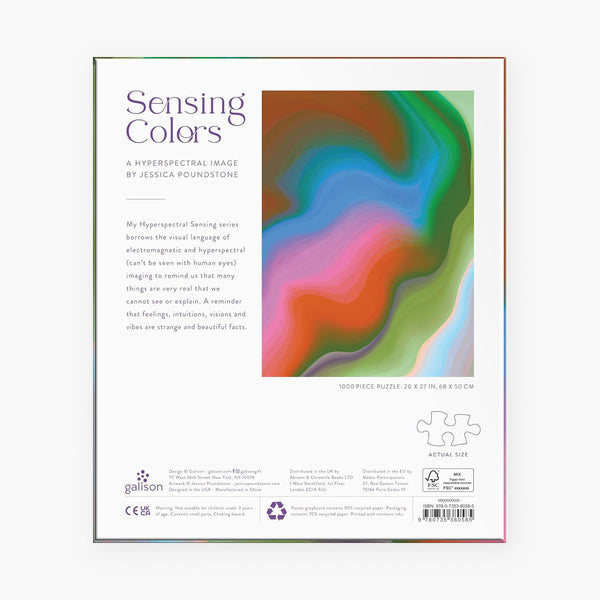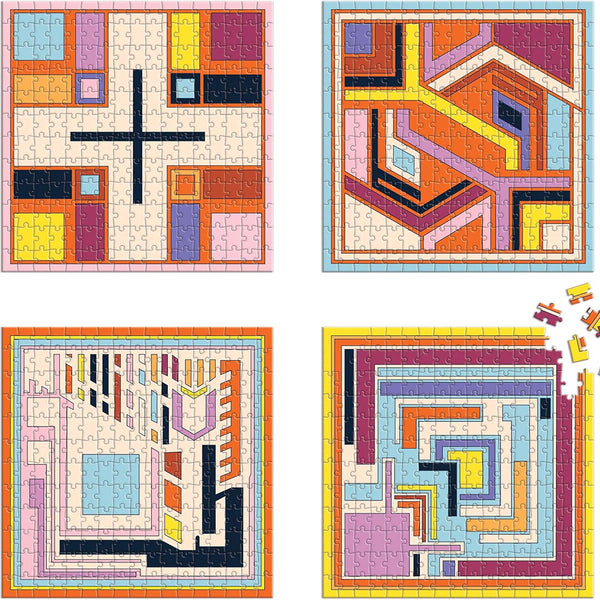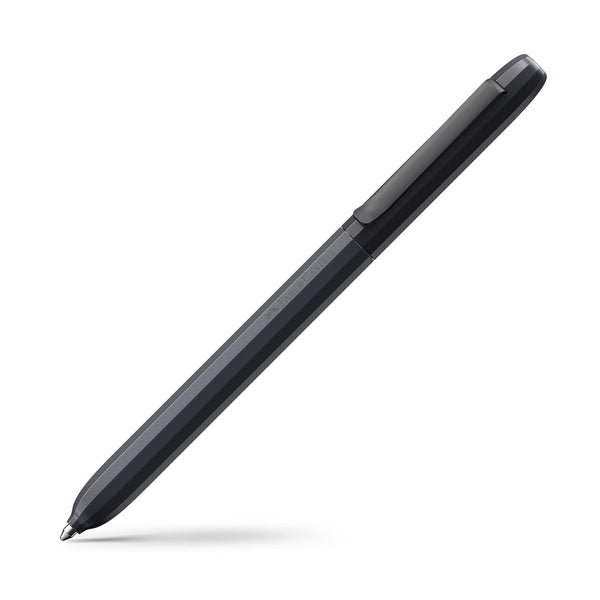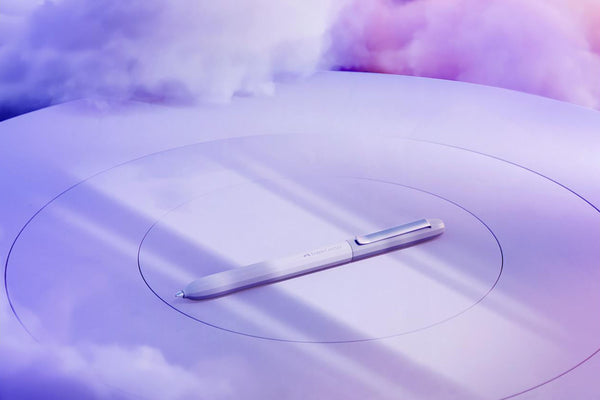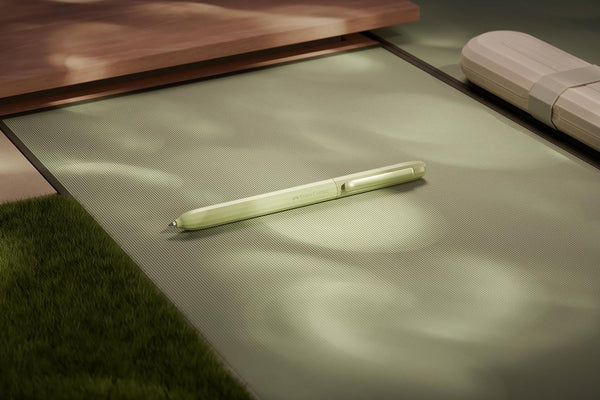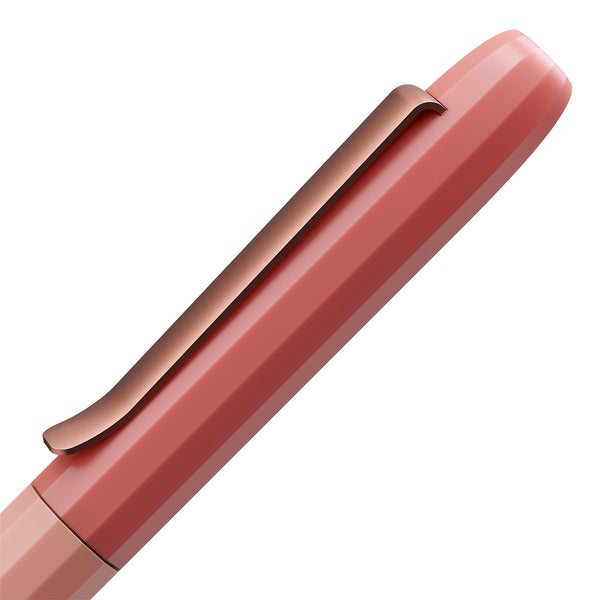Fountain Pens: A Beginner’s Guide (and Beyond)
Thinking about getting your first fountain pen? Chances are, your head is full of questions – Which one should I pick? What do the letters on the nib mean? Does it need special care? What if it just stops writing one day?
We’ve gathered the most common questions and topics we hear from our customers to help guide you through the world of fountain pens. Hopefully, this little guide clears things up and gives you the confidence to try this iconic writing tool for yourself.

Why is it called a “fountain” pen?
The term “fountain pen” comes from its built-in ink reservoir, which, unlike the old-school dip pens, means you don’t need to constantly dunk it in an inkwell. You just fill it up and keep writing as long as there’s ink.
What do the letters on the nib mean?
They indicate the nib width, using the first letters of English descriptions:
- EF – Extra Fine (~0.5 mm)
- F – Fine (~0.7 mm)
- M – Medium (~0.9 mm)
- B – Broad (~1.1 mm)
- BB – Double Broad (~1.2–1.4 mm)
Keep in mind: nibs vary! Even within the same size, slight differences can occur depending on the brand, model, and grind of the nib.
Which nib size is best for beginners?
If you’re just getting started, we recommend an F nib. It’s a solid middle ground and great for everyday writing. If you have tiny handwriting, consider EF. If you write quickly with large, sweeping strokes, try M. B and BB nibs are for those who like bold, juicy lines – perfect for expressive writing, early calligraphy practice, or showing off inks with shimmer or shading.

Can you swap out the nib?
It depends on the pen. With our bestselling Kaweco pens – especially the metal ones – the nib is easily replaceable. You just unscrew it and pop in a new one. For other pens in our collection, the nib usually isn’t swappable. If you’re unsure, drop by our store on Limanowskiego 18 in Kraków. You can test most of our pens right there in person!
Converter or cartridges – what’s the better choice?
Both have their perks! Cartridges are small and affordable, so you can carry a bunch of different colors on the go. Converters are great if you want to reduce plastic use, swap inks often, or just enjoy experimenting with new colors. Plus, watching one ink blend into another in slow gradients? Honestly, kind of meditative ;)
A heads-up: cartridge inside!
Sometimes we get messages like: “Why doesn’t my Kaweco Sport pen screw shut after inserting the cartridge?” In 99% of cases… the original cartridge is still hidden inside the barrel. Open the pen and gently tap it on a tabletop – it’ll usually fall out on its own. If it’s stuck, tap it a bit more (gently!) until it rattles and rolls out.

My fountain pen stopped writing – send help!
Don’t panic. It’s usually a quick fix. Try these steps:
• Make sure the cartridge is properly punctured or that the converter has ink
• Gently squeeze the cartridge to push ink toward the nib
• Rinse the nib with lukewarm water – or fill the converter with water and flush the system
• Let the pen dry, insert a fresh cartridge, and scribble a few figure eights – your ink should start flowing again soon
If you’re using waterproof ink, clean your pen at least weekly. With regular inks, every few weeks is just fine.
What if I’m left-handed?
We don’t carry dedicated lefty pens, but one of our team members is left-handed and writes comfortably with a classic Kaweco Sport! If you tend to smudge ink with your hand, go for an EF or F nib – thinner lines mean less ink, which dries faster. Or...try a rollerball pen instead.
Fountain pen vs. rollerball – what’s the difference?
Fountain pens use nibs that let ink flow either by gravity or capillary action, leaving a smooth, fluid trace. Rollerballs use a ball tip and water- or gel-based ink – more like a pen, but smoother. The ink in rollerballs is thicker and dries quicker, so they’re a great compromise for left-handed writers.

Bleed-through vs. show-through – what’s what?
Bleed-through happens when ink seeps to the back of the page – leaving marks or even smudges. We don’t want that. Show-through is normal on paper under 140 gsm – you’ll see the ink faintly from the other side, but you can’t touch it.
Both depend on the nib width, paper quality, and ink used. Want to dive deeper? Check out our blog post where we explain and demo both.
The perfect fountain pen paper doesn’t exi—
It does. We’ve got tons. Fountain pen-friendly paper should be smooth (but not slippery) and have a decent weight – ideally 80–100 gsm or more. What you want is paper that won’t soak up the ink like a sponge – that’s how you avoid bleed-through and feathering.
We spent ages hunting for the ideal paper, and we’re proud to say: we found it.
Check out our article where we unpack the secret ingredients behind our custom-designed and handmade notebooks. All you need to know? Your nib will glide like a dream <3

Do I need nice handwriting to use a fountain pen?
Nope. In fact, one of the quiet superpowers of a fountain pen is that it naturally slows you down. You can’t really scrawl with it on the fly like a ballpoint – and that’s the point.
With each word, you start to place your letters more intentionally. Your handwriting begins to even out, find its rhythm, and take on a style of its own. It’s not about calligraphy. It’s about rediscovering your unique script – like a fingerprint.
What pens do we carry?
Our most-loved brand? The legendary Kaweco from Germany. Around for over a century, these pens are famously reliable, delightfully compact, and full of personality. If you’re into rare finds and collector vibes, check out small-batch makers like the Taiwanese brand ystudio. New to our lineup: the slim and sleek Caran d’Ache fountain pen from Switzerland, with a gorgeous matte finish. For fans of minimalism and offbeat geometry, the collections from UK-based Before Breakfast might just be your thing (and yes, they’re on the way!).
Not so scary after all
We hope this guide helped clear things up and made the fountain pen world feel a little more welcoming. With just a bit of care, your pen will become a long-term companion – and who knows, maybe even a cherished heirloom passed down through generations.
Take the plunge into our fountain pen collection and find the one that’s just right for you.

Text: Lena Pilarczyk
Images: Magdalena Konik-Machulska, Kasia Fus
